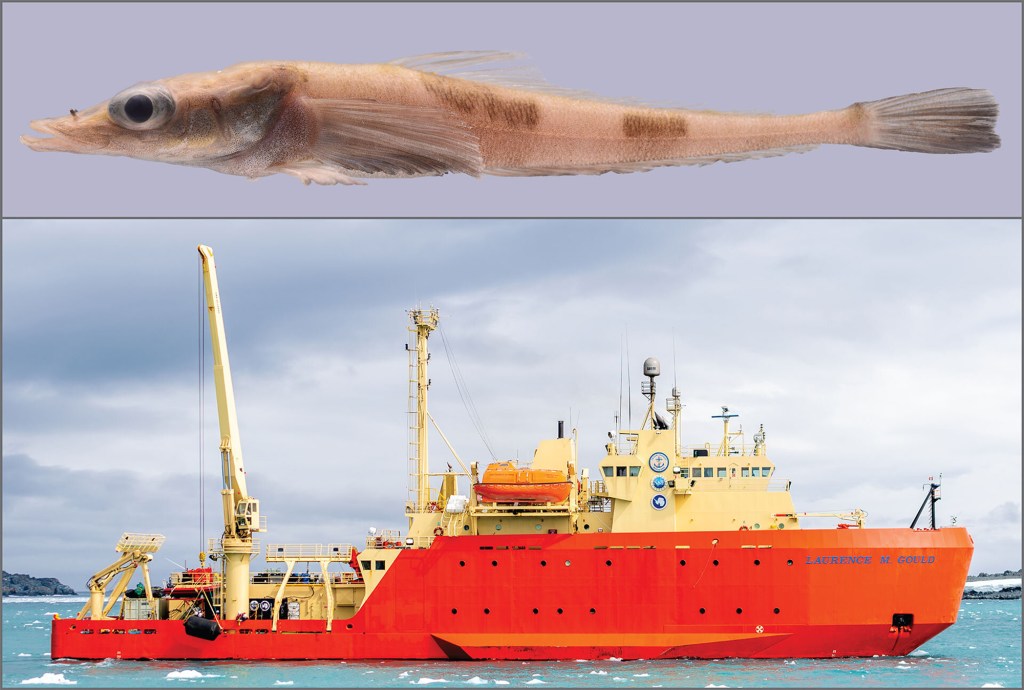Researchers on the Antarctic Peninsula have discovered a new species of Antarctic dragonfish, a new journal study shows.
Dragonfish, called Banded Dragonfish or Acarotaxis gouldaewas discovered by researchers from William & Mary’s Virginia Institute of Marine Science.
The fish was named in honor of a recently retired Antarctic research and supply vessel named Laurence M. Gould and its crew, for the ship’s scientific contributions.
The new species of dragonfish has several distinctive features, recognized by two dark vertical stripes on the fish’s body, the journal Zootaxa said.
According to Zootaxa.
Species discovery
The fish larvae were collected off the coast of Antarctica while researchers were fishing for zooplankton, the journal said.
It was originally thought to be a different species of closely related dragonfish Acarotaxis gouldaeThe fish were identified through DNA and genetic analysis, according to Zootaxa.
During the inspection of adults Acarotaxis gouldae and comparing it to the closely related dragonfish Acarotaxis nudicepslead researcher Andrew Corso and his colleagues found something surprising.
“There are two distinct groups on the adult side Acarotaxis gouldae which are not present in Acarotaxis nudicepsso we were surprised that the species already existed in collections but had been previously overlooked,” Corso said.

Learn more about the Banded Dragonfish and its origins
Through a process called phylogeny, which Corso said uses the rate of genetic mutation as a guide to trace the evolutionary history of a species, genetic testing revealed that the Banded Dragonfish had diverged from a separate species approximately 780,000 years ago. Corso and his co-author Thomas Desvignes, a researcher from the Neuroscience Institute at the University of Oregon, discovered.
The future of Acarotaxis gouldae explorative
Because Antarctic dragonfish live in remote parts of the Southern Ocean, they are poorly understood today, the journal said.
Fish live in deep water as adults, studies show.
Analysis of the larvae of Acarotaxis gouldae suggests that the distribution of the fish was restricted to the water around the western Antarctic Peninsula, according to Zootaxa.
“We hypothesize that a population of dragonfish may have been isolated within deep trenches under the glaciers, surviving on food pushed by the moving ice. After the glaciers retreated, this subpopulation had become distinct enough to be reproductively incompatible with Acarotaxis nudiceps“, Corso said.
Corso said that the populations of Acarotaxis gouldae appears to have a small range compared to other fish endemics in the Southern Ocean.
“This limited range combined with their low reproductive capacity and the presence of early life stages in shallower waters suggests that this is a vulnerable species that could be affected by the krill fishery,” Corso said.
#Vulnerable #780000yearold #dragonfish #species #discovered #Antarctica
Image Source : nypost.com